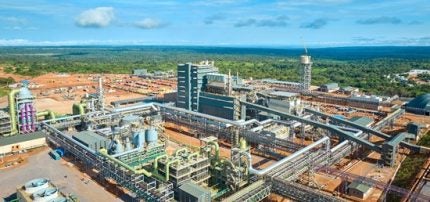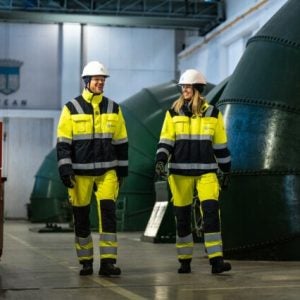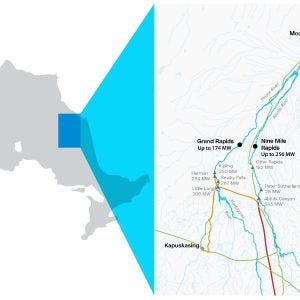
Ivanhoe Mines has announced a significant increase in imported hydroelectric power to its Kamoa-Kakula Copper Complex in the Democratic Republic of the Congo, enabling record production and setting the stage for the start-up of its new copper smelter.
The mine’s access to imported hydroelectric power increased by 20MW to 70MW in mid-March. A further increase to 100MW is expected shortly, doubling the supply compared to earlier this year. This boost in power has improved operational stability, allowing the site to consistently exceed throughput and production targets.
In the first quarter of 2025, Kamoa-Kakula produced approximately 133,120 tonnes of copper, with the second half of March seeing output at an annualized rate above the company’s 2025 guidance. The new Phase 3 concentrator contributed significantly, surpassing its nameplate capacity.
The increased power availability has allowed Ivanhoe to move forward with commissioning of its on-site direct-to-blister smelter. The smelter will begin operations next month, with production of 99.7% copper anodes targeted for July 2025.
Ivanhoe Mines Executive Co-Chair Robert Friedland said the company’s energy challenges have been addressed with this new supply arrangement. “We are delighted that Kamoa-Kakula’s growing pains, which led to power challenges, are behind us following our successful efforts to secure additional imported hydroelectricity … with more imported hydroelectric power from the Southern Africa Power Pool on its way very soon.”
Friedland emphasized the cost benefits of the smelter and the environmental credentials of the operation. “We expect our operating costs to decline even further as our state-of-the-art direct-to-blister smelter ramps up this year… The production of 99.7% pure copper anodes will significantly reduce our C1 cash costs due to a more than 50% reduction in transportation costs per unit of contained copper and the enjoyment of by-product sulphuric acid sales.”
The power increase was made possible through an agreement to expand supply via the Zambian interconnector, sourcing electricity from Mozambique through the Southern Africa Power Pool. In March, Kamoa-Kakula operations required between 130MW and 140MW, with 50MW each from domestic hydro and imported sources. The remaining demand was met by up to 160MW of on-site diesel generation capacity.
Further hydropower capacity is also expected later this year. Wet commissioning of Turbine #5 at the Inga II hydroelectric facility, rated at 178MW, is expected to begin in Q3 2025. Kamoa-Kakula is expected to receive an initial allocation of 50MW, with potential for more as regional grid upgrades progress through 2026.






